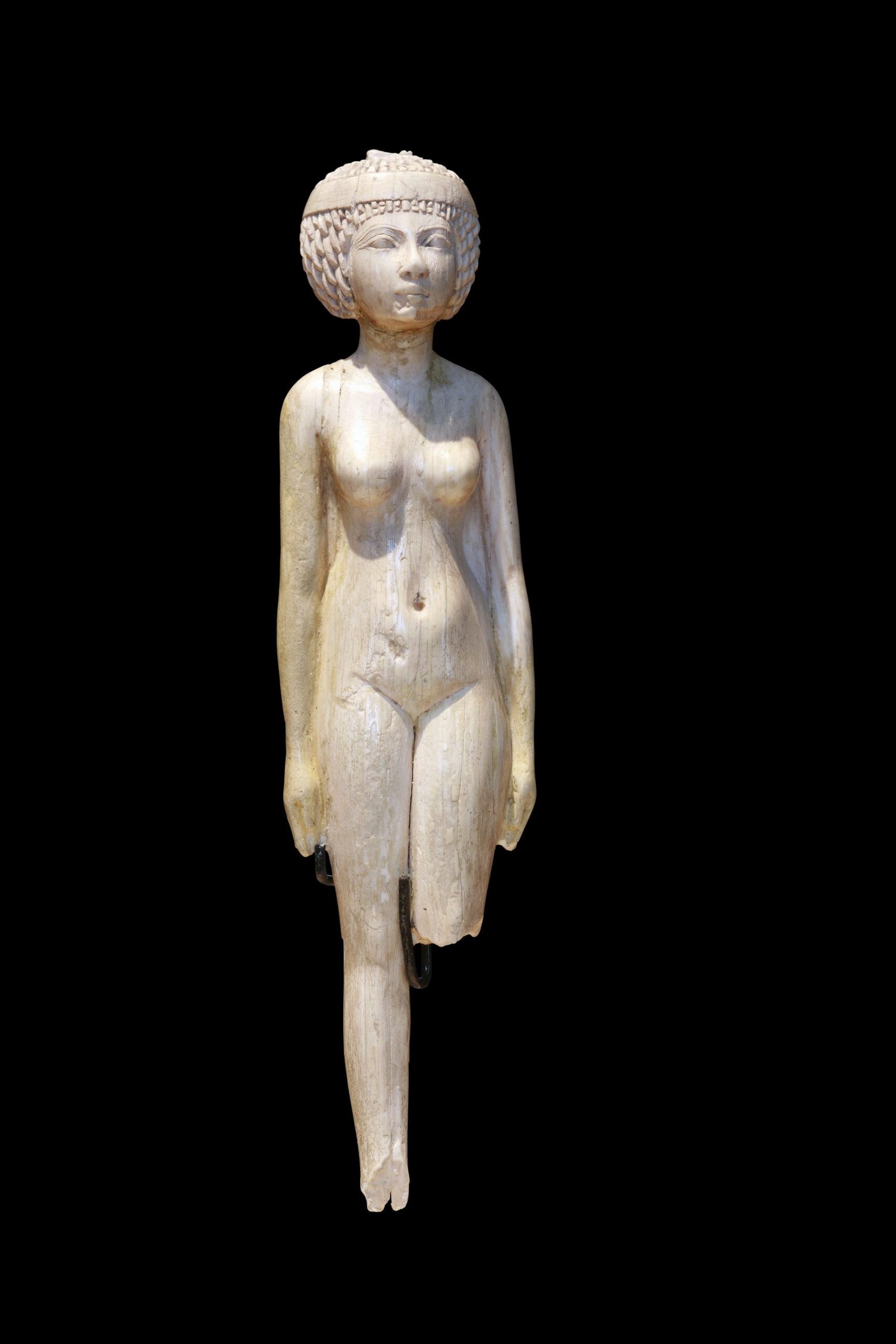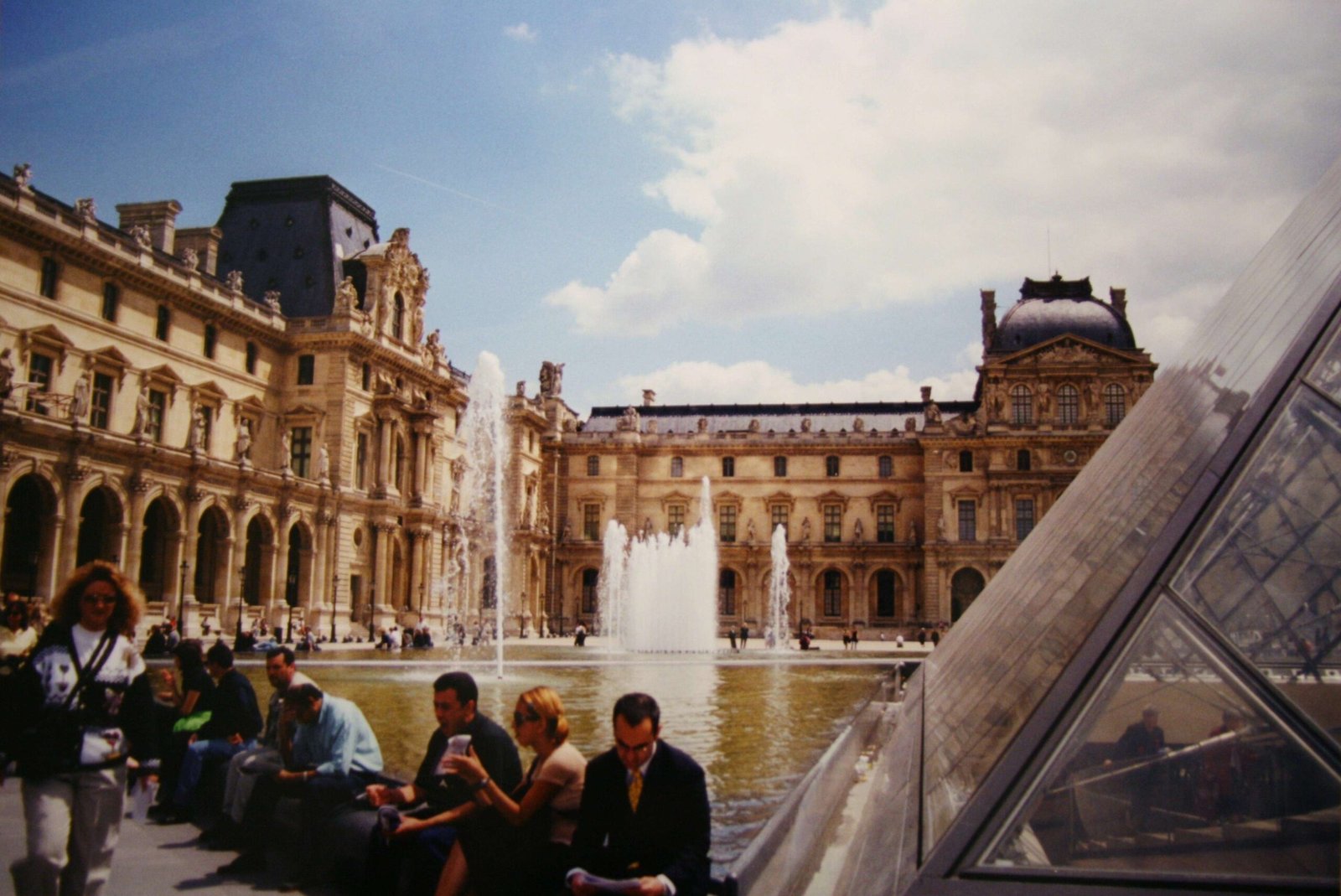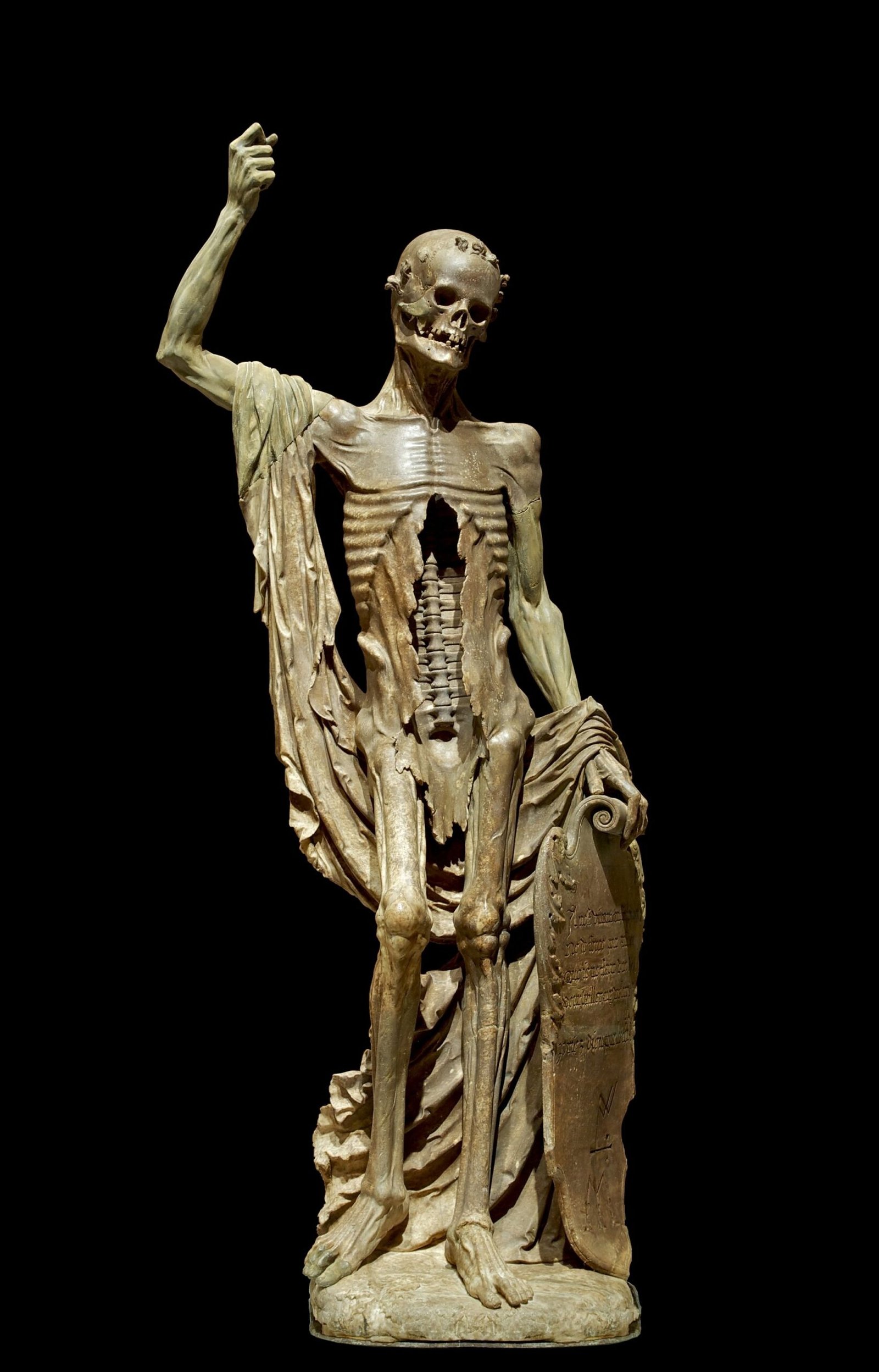The Louvre Museum houses an extensive collection of Egyptian artifacts, spanning various periods of ancient Egyptian history. With over 50,000 pieces, the collection includes sculptures, mummies, sarcophagi, papyrus scrolls, and everyday objects. Notable artifacts include the Seated Scribe, Akhenaten and Nefertiti sculpture, and the Sphinx of Tanis. The museum’s Egyptian department offers visitors a comprehensive glimpse into the rich cultural heritage of ancient Egypt.
What Are the Most Famous Egyptian Artifacts in the Louvre?

The Louvre’s Egyptian collection boasts several world-renowned artifacts that attract millions of visitors each year. Here are some of the most famous pieces:
- The Seated Scribe: A painted limestone statue from around 2600-2500 BC, depicting an anonymous scribe.
- Akhenaten and Nefertiti: A limestone sculpture showing the royal couple holding hands.
- Sphinx of Tanis: A massive granite sculpture from the 26th century BCE, weighing 24 tons.
- Head of King Djedefre: A sculpture from the Old Kingdom period, showcasing the artistic skills of ancient Egyptian sculptors.
What Types of Egyptian Artifacts Can Be Found in the Louvre?

The Louvre’s Egyptian collection is diverse, covering various aspects of ancient Egyptian life and culture:
- Sculptures and Statues: Made from materials like limestone, granite, and wood.
- Mummies and Sarcophagi: Including the mummy of a man from the Ptolemaic Period.
- Papyrus Scrolls: Containing ancient Egyptian literature, philosophy, and historical records.
- Everyday Objects: Tools, clothing, jewelry, games, and musical instruments.
- Architectural Elements: Such as the Chapel of the Tomb of Akhethotep.
- Hieroglyphic Artifacts: Including the Annals of Thutmosis III and inscriptions on various objects.
How Are Egyptian Mummies Represented in the Louvre?
The Louvre’s collection of Egyptian mummies is limited but significant:
- Mummy of a Man from the Ptolemaic Period: One of the few mummies on display, dating back to around 305 BCE.
- Well-preserved state: The mummy features a mask, wide collar, and apron across the legs.
- Osiris depiction: The mummy is presented as Osiris, the god of the afterlife.
- Unique adornments: It wears a wreath of myrtle leaves and a ring on the left hand’s pinky finger.
What Hieroglyphic Artifacts Are on Display?
The Louvre’s collection includes several important hieroglyphic artifacts:
- Annals of Thutmosis III: Historical records from the reign of Pharaoh Thutmosis III.
- Inscriptions on Sarcophagi and Steles: Providing details about the lives and achievements of the deceased.
- Papyrus Scrolls: Containing hieroglyphic texts ranging from literature to religious and philosophical works.
How Can Visitors Experience the Egyptian Collection?
The Louvre offers various ways for visitors to explore its Egyptian artifacts:
Guided Tours
- Duration: 2 to 3 hours
- Languages: Available in multiple languages
- Focus: Highlights of the collection, including famous pieces
- Cost: Varies, with VIP tours around €60-€80 per person
Self-Guided Experience
- Location: Primarily in the Sully wing
- Accessibility: Ramps and elevators available, but crowds can be challenging
Challenges for Visitors
- Large crowds, especially during peak seasons
- Navigating the extensive collection
- Limited display of certain artifacts (e.g., mummies)
What Are the Must-See Egyptian Artifacts for First-Time Visitors?
For first-time visitors, these Egyptian artifacts should not be missed:
| Artifact | Location | Significance |
|---|---|---|
| Seated Scribe | Sully wing, 2nd floor, room 22 | Prime example of ancient painted sculpture |
| Sphinx of Tanis | Sully wing | Imposing 24-ton granite sculpture |
| Akhenaten and Nefertiti | Sully wing, 2nd floor, room 25 | Well-preserved colored sculpture of the royal couple |
| Chapel of Akhethotep | Sully wing | Accessible ancient Egyptian chapel |
| Mummy from Ptolemaic Period | Egyptian galleries | One of the few mummies on display |
By focusing on these key pieces, visitors can gain a comprehensive understanding of the Louvre’s Egyptian collection, even with limited time.
How Does the Louvre’s Egyptian Collection Compare to Other Museums?
The Louvre’s Egyptian collection is one of the most extensive in the world:
- Size: Over 50,000 pieces, rivaling collections in Cairo and Berlin
- Diversity: Spans various periods of Egyptian history
- Unique Pieces: Houses artifacts not found in other museums
- Presentation: Offers a comprehensive view of ancient Egyptian culture
While other museums may have more mummies or larger individual pieces, the Louvre’s collection stands out for its breadth and the quality of its artifacts.
References:
1. https://en.wikipedia.org/wiki/Department_of_Egyptian_Antiquities_of_the_Louvre
2. https://louvreguide.com/egypt-louvre-guided-tour
3. https://www.parisinsidersguide.com/louvre-egyptian-antiquities.html
4. https://www.artstorywalks.com/en/paris-museums/the-louvres-egyptian-antiquities
5. https://www.pariscityvision.com/en/paris/museums/louvre-museum/department-egyptian-antiquities

